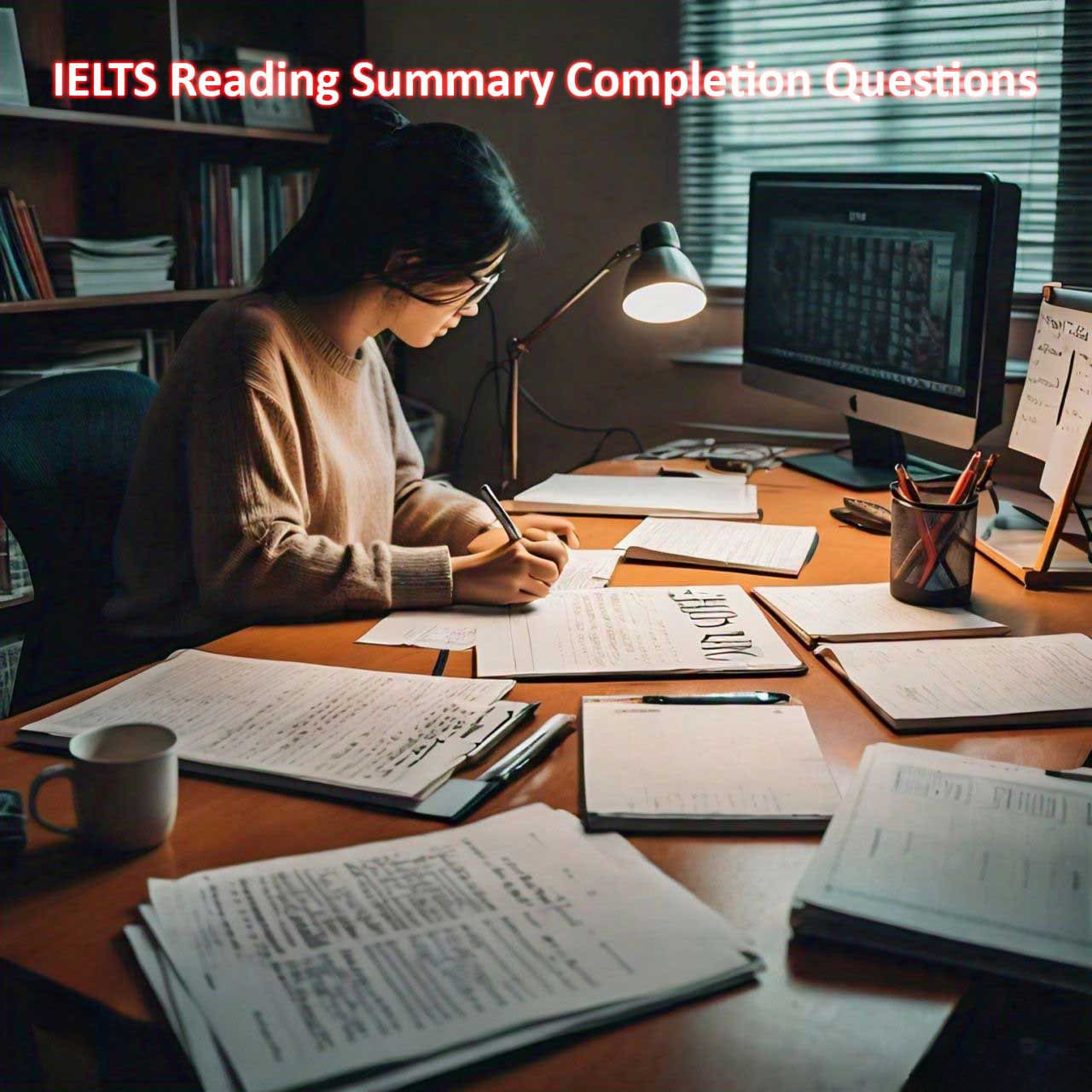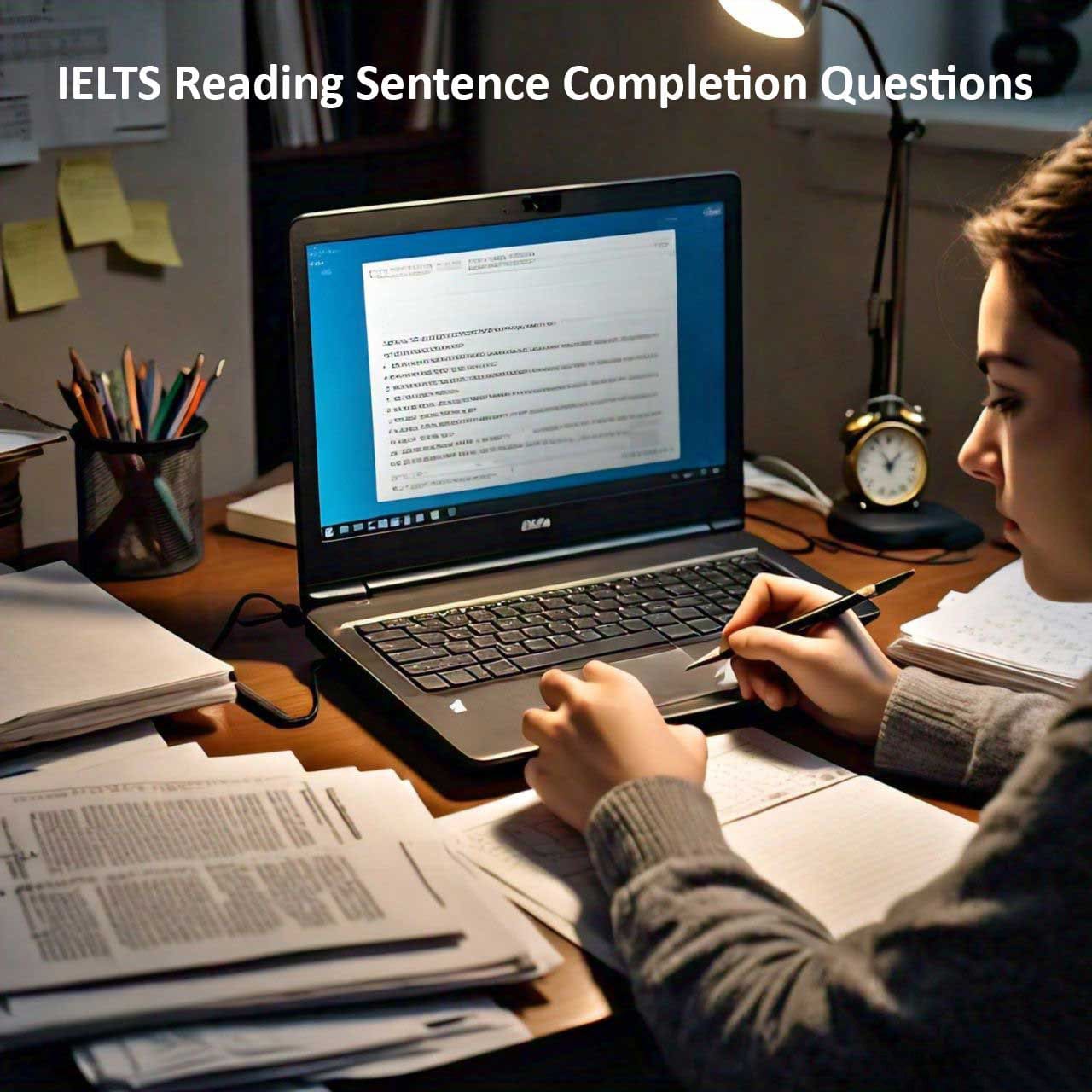The IELTS Reading test is a critical component of the IELTS exam, designed to assess your ability to read and comprehend various types of texts. One key skill that can help you excel in this test is understanding the structure of arguments presented in the passages. Grasping the way arguments are constructed can improve your ability to answer questions accurately and efficiently. In this blog post, we will delve into the importance of understanding argument structure in the IELTS Reading test and provide strategies to help you master this skill.
Table of Contents
Why Understanding Argument Structure Matters
Understanding the structure of an argument in a reading passage helps you:
1. Identify Main Ideas: Recognize the primary point or thesis the author is making.
2. Discern Supporting Details: Understand the evidence and examples that back up the main argument.
3. Analyze Author’s Purpose: Grasp why the author is making the argument and what they aim to achieve.
4. Evaluate Counterarguments: Notice any opposing views or rebuttals presented by the author.
Common Components of Argument Structure
1. Thesis Statement
The thesis statement is the central claim or main idea that the author wants to convey. It is usually found at the beginning of the passage but can sometimes appear in the conclusion.
Example: “The introduction of renewable energy sources is essential for combating climate change.”
2. Supporting Arguments
These are the reasons and evidence the author provides to support the thesis. They can include facts, statistics, examples, and expert opinions.
Example: “Solar power reduces greenhouse gas emissions significantly. According to a study by XYZ, switching to solar energy can cut a household’s carbon footprint by up to 50%.”
3. Counterarguments
Authors may present opposing viewpoints to strengthen their argument by addressing and refuting them.
Example: “Some argue that renewable energy is too expensive. However, recent technological advancements have significantly lowered the costs of solar and wind energy.”
4. Conclusion
The conclusion summarizes the main points and reinforces the thesis. It may also call to action or suggest further implications.
Example: “In conclusion, investing in renewable energy is not only feasible but also imperative for a sustainable future.”
Strategies for Understanding Argument Structure
1. Identify Signal Words and Phrases
Signal words and phrases help you identify different parts of the argument. Common signal words include:
– For thesis statements: “In summary,” “The main point is,” “Primarily,”
– For supporting arguments: “For example,” “In addition,” “Furthermore,”
– For counterarguments: “However,” “On the other hand,” “Despite,”
– For conclusions: “In conclusion,” “Therefore,” “Thus,”
2. Summarize Each Paragraph
After reading each paragraph, briefly summarize its main point in the margin or on a separate piece of paper. This can help you keep track of the argument’s progression and identify the thesis and supporting points more clearly.
3. Look for the Author’s Purpose
Understanding why the author wrote the passage can give you insights into the argument structure. Ask yourself whether the author aims to inform, persuade, argue, or analyze a topic.
4. Practice with Different Texts
Regularly practice with a variety of texts, including opinion pieces, essays, and academic articles. This will help you become familiar with different ways arguments can be structured and presented.
Practice Exercise
To improve your understanding of argument structure, try this exercise:
1. Read a Passage: Select an IELTS reading passage that includes an argumentative element.
2. Identify Components: Highlight the thesis statement, supporting arguments, counterarguments, and conclusion.
3. Summarize: Write a brief summary of the passage, noting how the argument is structured.
4. Answer Questions: Attempt the questions related to the passage, focusing on how understanding the argument structure helps in finding the correct answers.
Conclusion
Mastering the skill of understanding argument structure is essential for success in the IELTS Reading test. By identifying the thesis statement, supporting arguments, counterarguments, and conclusions, you can navigate passages more effectively and answer questions with greater accuracy. Regular practice with varied texts, combined with strategies like identifying signal words and summarizing paragraphs, will enhance your reading comprehension skills. Equip yourself with these tools, and you’ll be well on your way to achieving a high score in the IELTS Reading test. Good luck!



